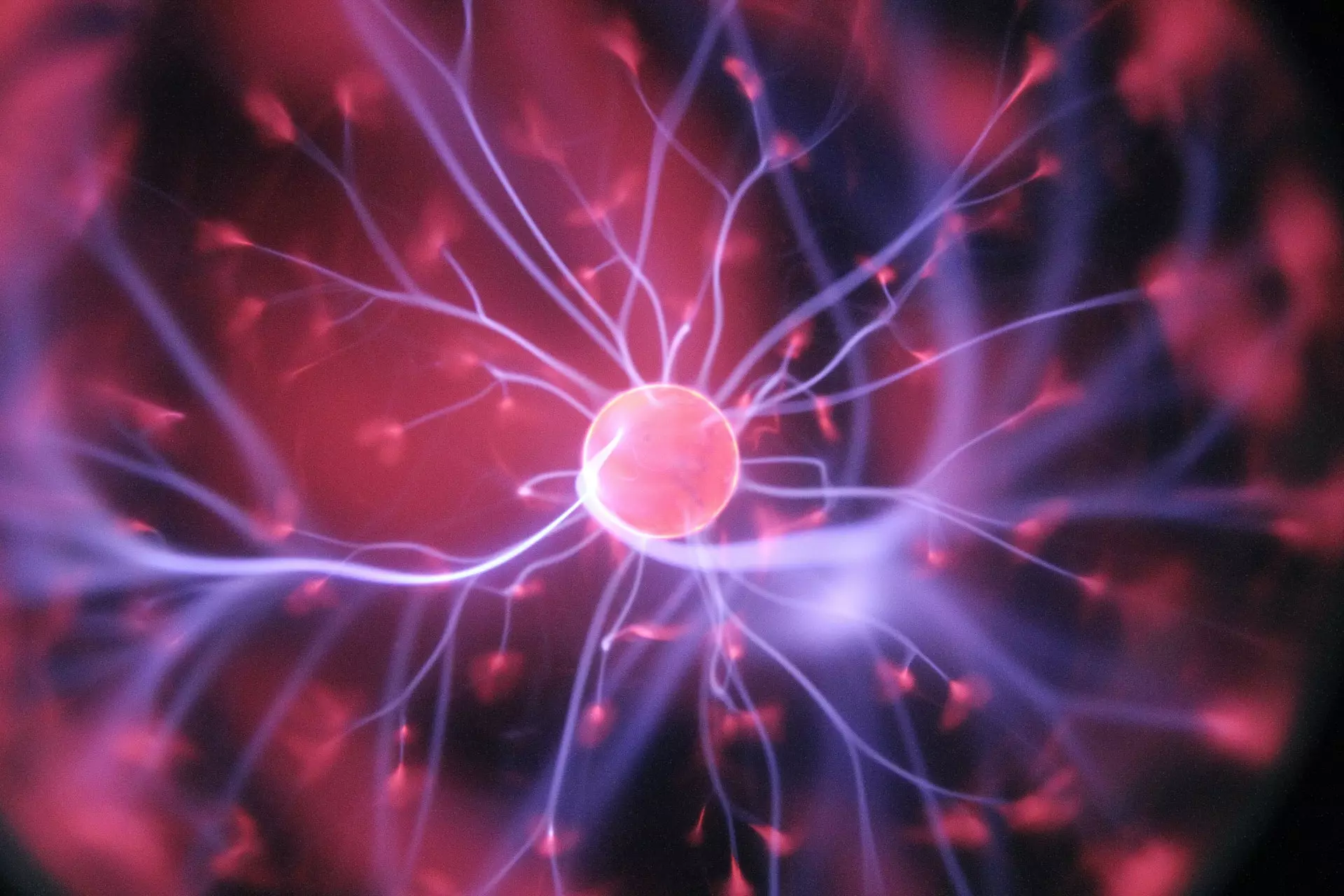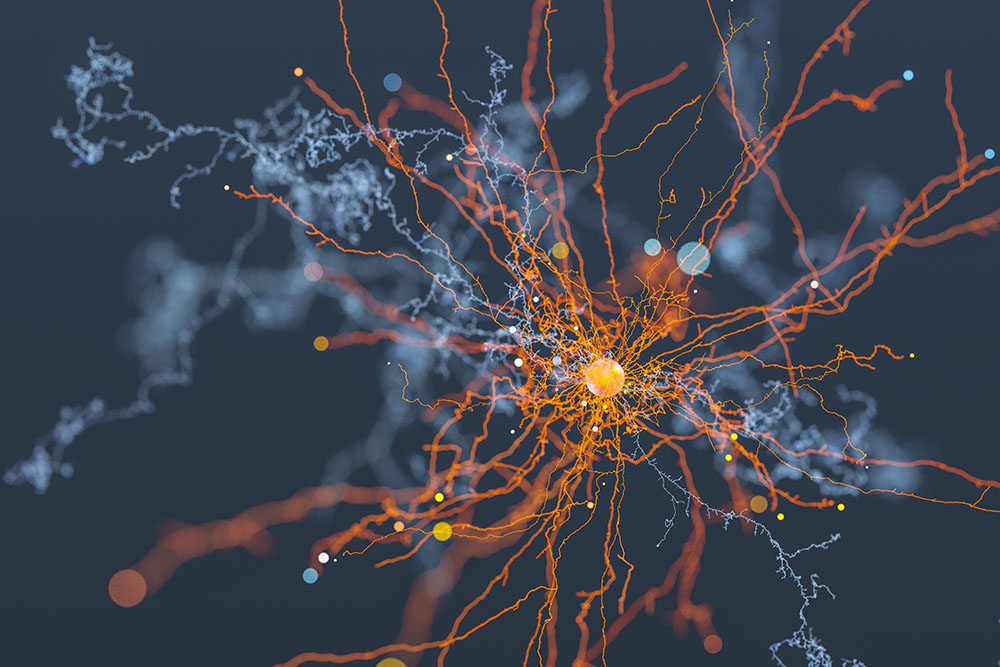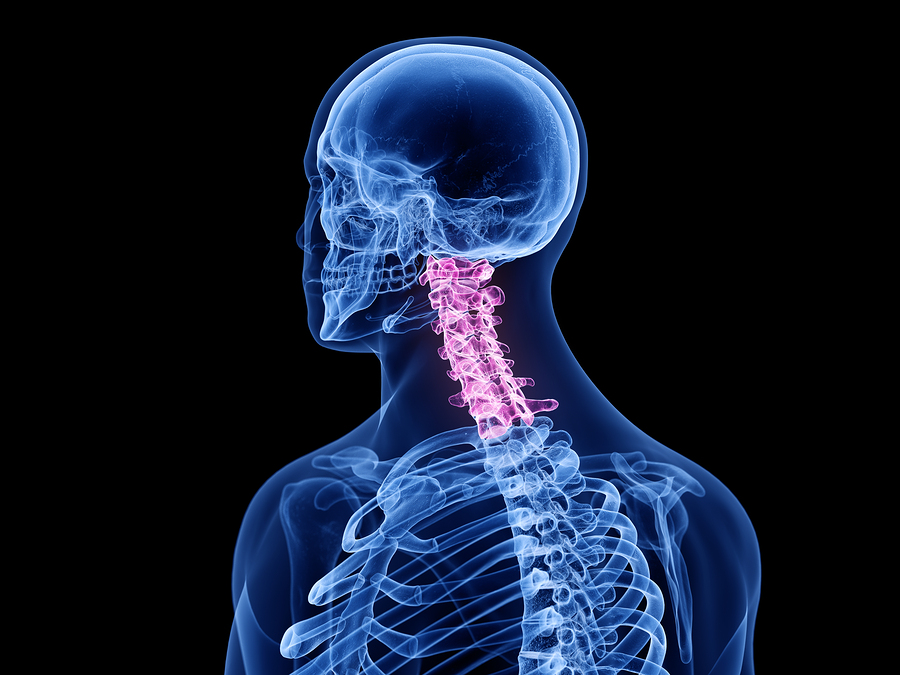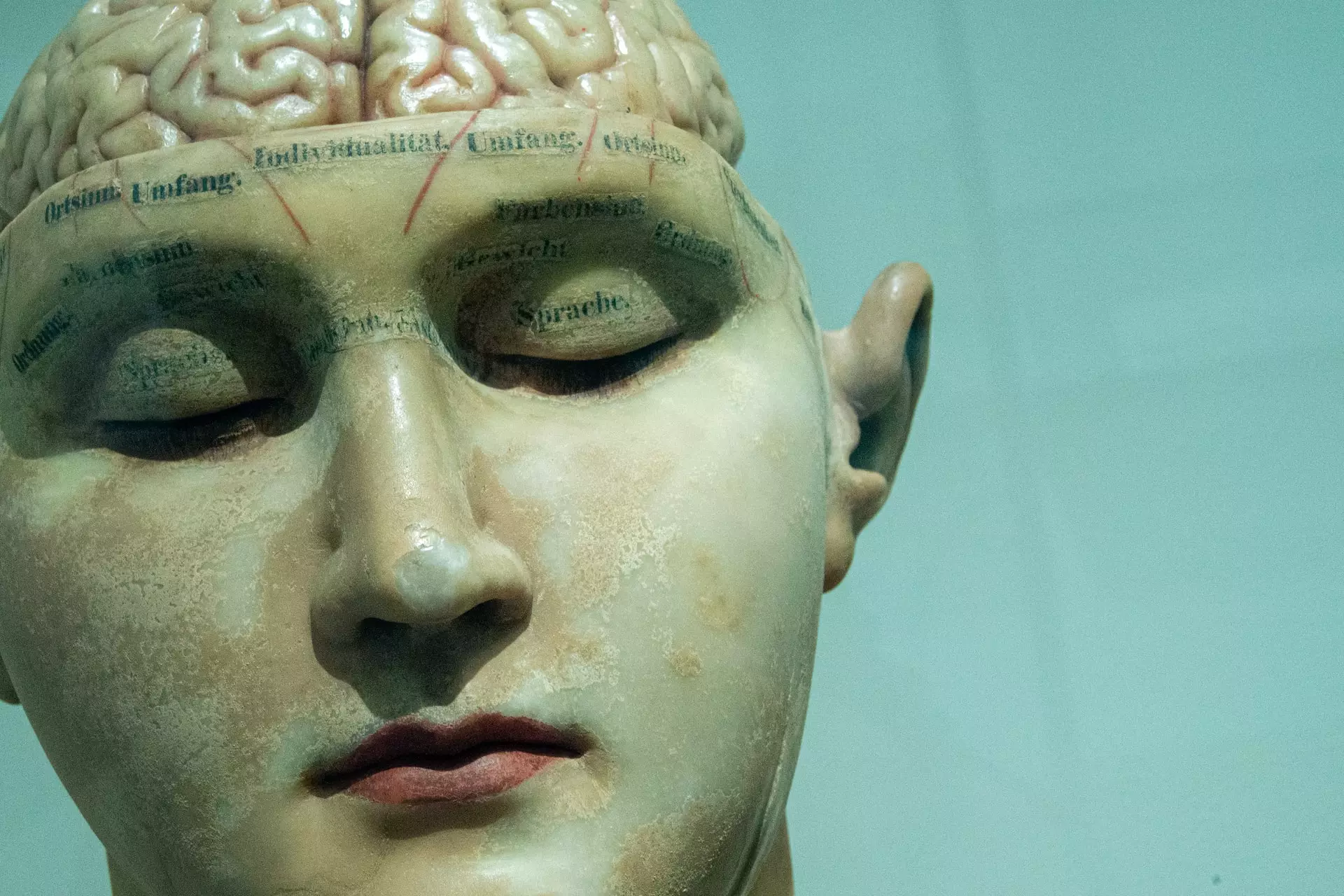The neurologic system is the electrical communication system of the body. Healing requires addressing this elegant system of regulation. Pain will not resolve without treating the root neurologic problems.
At regenerative Masters, we assess the neurologic system at six separate and interconnected levels to understand the root causes of your pain and how to help you heal.
Superficial sensory nerves: These nerves were first discovered over 100 years ago. They code for light sensation all the way up to significant pain. They communicate deeply into the tissue and can affect function at fundamental levels. Neuroprolotherapy is the treatment of choice for abnormalities in the superficial sensory nerves. This was first developed in Germany hundred years ago and rediscovered by Dr. Marc Harris—who personally trained Dr. Hanson in the techniques.


Small Local Nerves: These nerves carry all types of pain fibers and provide neurologic information to small areas, such as part of your hand, around joints, or a segment of skin. These nerves can become entrapped after injuries, surgeries, and abnormal motion. These nerves can only be adequately assessed via physical examination and ultrasound. The procedure of choice to free the nerves from adhesions and scar tissue is called Nerve Hydrodissection. This procedure was innovated by a small group of experts in 2007, including Dr. Hanson.
Compound Peripheral Nerves: These are large nerves such as the ulnar nerve commonly known as the funny bone. In their largest variety, the brachial plexus and sciatic nerve carry information to entire limbs. The abnormal information from above and below the compound peripheral nerves will affect that nerve’s function, which is why a complete assessment of the entire neurologic system is important. Electromyograms, physical examinations, and ultrasounds are used to assess these nerves. Similar to smaller nerves, hybrid sections can be used to free these nerves. Additionally, intraneural injections of autologous growth factors can modulate and heal the nerves from the inside out. Few practitioners understand the techniques for these extremely delicate procedures. The original technique was developed by Dr. Hanson in 2012 in a patient with radial nerve palsy who had no wrist to function and severe pain for eight months.


Nerve Roots: These are the nerves that exit the spine, one on each side for each level of the spine. When impinged or pinched by arthritis or degenerative discs, nerve pain can travel across segments of an entire limb. Often, an MRI of the spine to evaluate impingement of the nerves and a physical examination are the assessments of choice. Epidural injection around the nerves with growth factors from platelets is the treatment of choice. These treatments were renovated at region X in Colorado in 2010 while Dr. Hanson was a staff physician.
Sympathetic Nervous System Dysfunction: This is your fight or flight nervous system. It has an entire roof separate set of nerves and coordination within the neurologic system. The fight or flight nervous system is meant to protect you from danger. Itis the reason why you automatically retract your hand when you are burned. It can also lead to a condition called Complex Regional Pain Syndrome which is a painful condition. Regenerative injections for this condition were innervated by Dr. Hanson in 2012 and continue to be the most advanced treatment for this condition. Secondarily, dysfunction of the sympathetic nervous system and the brain can cause PTSD. The stellate ganglion block was invaded by two physicians prior to Dr. Hansen, he being the third physician in the country using ultrasound-guided stellate ganglion block for PTSD.


Central Nervous System: This is your brain and spinal cord. Abnormalities in the rest of the neurologic system ascend and are coordinated in the central nervous system. Continual pain for long periods of time can lead to what is known as central pain syndromes. These are very difficult to assess and treat. Modulation of the sympathetic nervous system, physiology, and emotion is the best way to work with the central nervous system. On occasion, direct injection into the cerebrospinal fluid – called an intrathecal injection – is warranted if other interventions are not effective.
Services provided at Regenerative Masters are not covered by insurance so that we may maintain the highest of standards in your care.
Stem cell therapies are currently not FDA approved. Individual results may vary.
This website does not offer medical advice and nothing on the website is intended to constitute professional advice for medical diagnosis or treatment. The content provided is for informational purposes only.